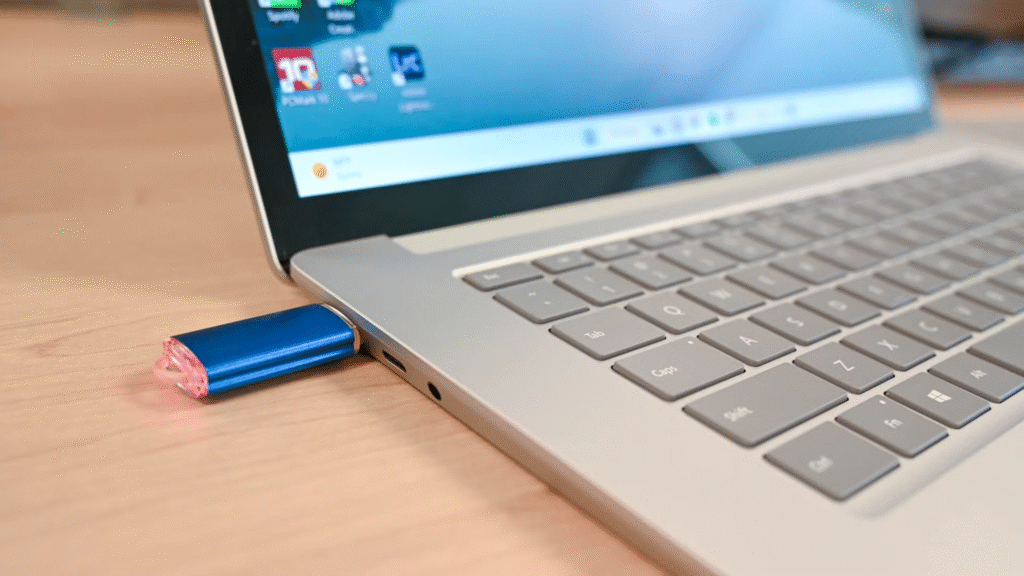Windows may sometimes show a notice that says a USB device cannot be removed because it is being used. Such problems may arise on flash drives, external hard drives, and other types of storage units. Whenever the device is busy, Windows displays a notification saying the device is not safe to remove. The guide explains the reasons behind the problem and how to fix it. The purpose is to ensure readers remove their USB devices safely, so their data isn’t lost or their drive is not damaged.
What Causes the Problem Ejecting USB Mass Storage
When Windows shows a message that there is a problem ejecting a USB mass storage device, two main causes are at work. First, content occupied means that files or programs still use the data on the USB drive. If any program or background process has a file open on the drive, Windows will not allow the user to remove it. Second, USB driver failure means that Windows cannot interact properly with the USB hardware. A corrupted or outdated driver can stop the system from releasing the device. Understanding these two causes is the first step to finding a solution.
Files that remain open on the USB drive often cause the content to be occupied problem. For example, if a user opens a document or photo and forgets to close the application, Windows will see the file in use. Even some background processes, such as antivirus scans or media indexers, can hold a file handle on the drive. As long as Windows thinks the file is in use, the drive will remain busy and cannot be ejected.
USB driver failure can also cause the device to stay locked. A broken USB port or controller driver may stop Windows from finishing communication with the device. A failed Windows boot can result from an update or if a crucial driver becomes damaged. In this case, Windows cannot complete the eject process even if no files are in use.

Close All Open Files and Programs
The main cause may be open files or programs on the USB drive, so this is where to start your problem-solving. If the device doesn’t eject, your first option is to shut down any program or application that might be using the drive. Open files such as documents, images, videos, and other files should be located and closed on the drive.
Use Task Manager to view if there are still any applications or background processes working on the drive. Pushing and holding down the Control and Shift keys followed by the Escape key opens Task Manager. The user can check and manage running apps and background processes in Task Manager. If a process appears to use files on the USB drive, the user can right click it and choose End task. Once all relevant processes are closed, the user can try to eject the device again from the system tray.
Reboot the Computer
If closing files does not work, a simple restart may fix the problem. Restarting Windows closes all processes and resets the drivers. After the system restarts, users are able to connect the USB device again to try to remove it safely. This way works if the issue is a temporary issue with Windows. A reboot often clears the glitch so the device can be removed without issue.
A reboot is also useful when antivirus or backup software locks the drive invisibly. After Windows restarts, no process on startup will hold files unless the software relaunches. If the problem returns, this indicates a deeper issue, such as a driver failure or a service that always starts with Windows and accesses the drive.
Run the Hardware and Devices Troubleshooter
Windows has a Hardware and Devices troubleshooter you can use. It checks the computer and can fix many common issues affecting linked devices. Press Windows and I together to open the Settings app to run the troubleshooter. Click Update & Security, and from there you can click the Troubleshoot link on the left side of the window. Scroll down to find Hardware and Devices and click Run the troubleshooter.
Windows will begin to scan for hardware issues. If it finds a problem related to the USB port or storage device, it will suggest a fix. The user can click Apply this fix to let Windows repair the issue automatically. After the process completes, restart the computer. In many cases, this tool restores proper communication between Windows and the USB device so it can be ejected normally.
Use Task Manager to End Tasks
When Task Manager is used to close apps in the background, it can also stop services that hold files on the USB drive. Sometimes, standard apps do not appear in Task Manager, but background services do. To end background services, open Task Manager again by pressing Control, Shift, and Escape. Click the Processes tab to view all running apps and background processes.
Look for any process that has the USB drive name or that may interact with external storage. For example, file indexing or antivirus services may appear. Right-click the process and click End task to stop it. Once Windows sees no process using the drive, the user can right-click the USB icon in the system tray and choose Eject. If Task Manager cannot stop a process, the user may need to use an administrative command line or reboot into Safe Mode to close stubborn services.
Eject with Device Manager
Windows Device Manager allows users to view each hardware device connected to the system. If you cannot remove the device using the regular method, Device Manager can help disconnect it. By pressing the Windows + X keys together, you can open Device Manager from the displayed menu. Open the category by clicking Disk drives in Device Manager.
Find the USB drive listed under Disk drives. Right-click the device name and choose Uninstall device. Windows will prompt the user to confirm that they want to remove the device. After confirming, the system may automatically reinstall the driver when the drive remains connected. If it does not reinstall, the user can click the Scan for hardware changes icon at the top of Device Manager. This action forces Windows to detect the hardware again.
If the user wishes to change the drive policy to avoid this problem in the future, right-click the USB drive under Disk drives and choose Properties. Click the Policies tab. By default, Windows sets the drive for Quick removal. Users can switch the policy to Better performance, which allows Windows to cache write operations. After changing to Better performance, the user must shut down Windows before removing the drive or use Eject to avoid data loss.

Update USB Drivers
If the USB port driver is corrupted, Windows cannot complete the eject command. To update the driver, open Device Manager by pressing Windows and X, then choosing Device Manager. Locate and expand Universal Serial Bus controllers. Here, each USB controller and hub is listed.
Right-click the driver labeled USB Mass Storage Device or any hub that powers the USB ports and choose Update driver. Click Search automatically for updated driver software. Windows will look online for a newer driver and install it if found. After the update finishes, Windows may ask to restart. After you reboot, insert the USB device and try to eject it once more.
If no driver is found by Windows, the user should go to the PC manufacturer’s website to get the correct driver. Some companies that make PCs provide a USB port driver for Windows 10 and 11. After downloading the correct driver, the user can right-click the device in Device Manager and choose Update driver, then Browse my computer for driver software. Select the driver file and follow the prompts to install. A restart is required to complete the process.
Enable Quick Removal for USB Devices
Windows 10 and 11 include a feature called Quick Removal. This feature disables write caching on the USB device so that files are updated immediately on the drive. As a result, the device can be unplugged without using the Eject command, except when the user is writing data. In many cases, this removes the need to eject the device at all.
To enable Quick removal, open File Explorer by pressing Windows and E together. Right-click the USB drive letter and choose Properties. Click the Hardware Tab. Select the USB device from the list and click Properties again. In the Properties window, click Change settings. Then click the Policies Tab. Select Quick removal and click OK. After closing each dialog, Quick removal is active. The user can now unplug the device safely after copying files.
Quick removal helps avoid the problem of ejecting a USB mass storage device when files are fully written. However, if the user attempts to remove the device while data is transferring, data loss can occur. It is best to check the Windows taskbar for any active file copy icons before unplugging.
Recover Lost Data from USB Drives
There are situations where trying to eject a USB device several times may result in some data getting lost or corrupted. If a device cannot be ejected normally, files may become unreadable. If the user fears that data on the device is lost, a data recovery tool can help. EaseUS Data Recovery Wizard is one example of software that can recover lost files from USB drives, memory cards, and other storage media.
To use such a tool, the user installs the software on Windows and follows the wizard. First, the user selects the USB drive from the list of available devices. The software scans the drive for deleted or corrupted files. This scan can take some time, depending on the drive size. Once the scan completes, the user sees a list of recoverable files. The user can preview images, documents, and videos to confirm they are intact. Finally, the user selects which files to restore and chooses a location on the PC or another drive. It is important not to restore recovered files to the same USB drive to avoid overwriting other data that can still be recovered.
Prevent Future Eject Problems
After solving the problem of ejecting the USB mass storage device, it helps to take steps to prevent it from happening again. Always close all files and wait for file transfers to finish before removing the device. Use Quick removal mode for the device to avoid the need to eject in most cases. Keep Windows and USB drivers updated by checking Windows Update and Device Manager regularly. Clean the USB port on the PC to remove dust and lint. If the user relies on USB drives heavily, consider using a dedicated USB hub with its own power supply to avoid power issues from a PC’s onboard USB ports. Finally, back up important files to another drive or cloud storage so no data is lost if a USB device fails unexpectedly.

Safely Remove USB Devices with Confidence
Removing a USB device without errors is key to avoiding data loss and frustration. When Windows shows the problem ejecting a USB mass storage device, it can often be solved by closing open files, restarting the PC, or updating drivers. In cases where drivers fail or processes hold files, PowerShell or Device Manager can force removal. In Windows 10 and 11, Quick removal mode lets users remove their drives safely without being required to eject in almost all situations. If files get deleted while ejecting the drive, data recovery software such as EaseUS Data Recovery Wizard can save them for you. Employing these steps, users of Windows can store their data safely and without trouble on external storage devices.





